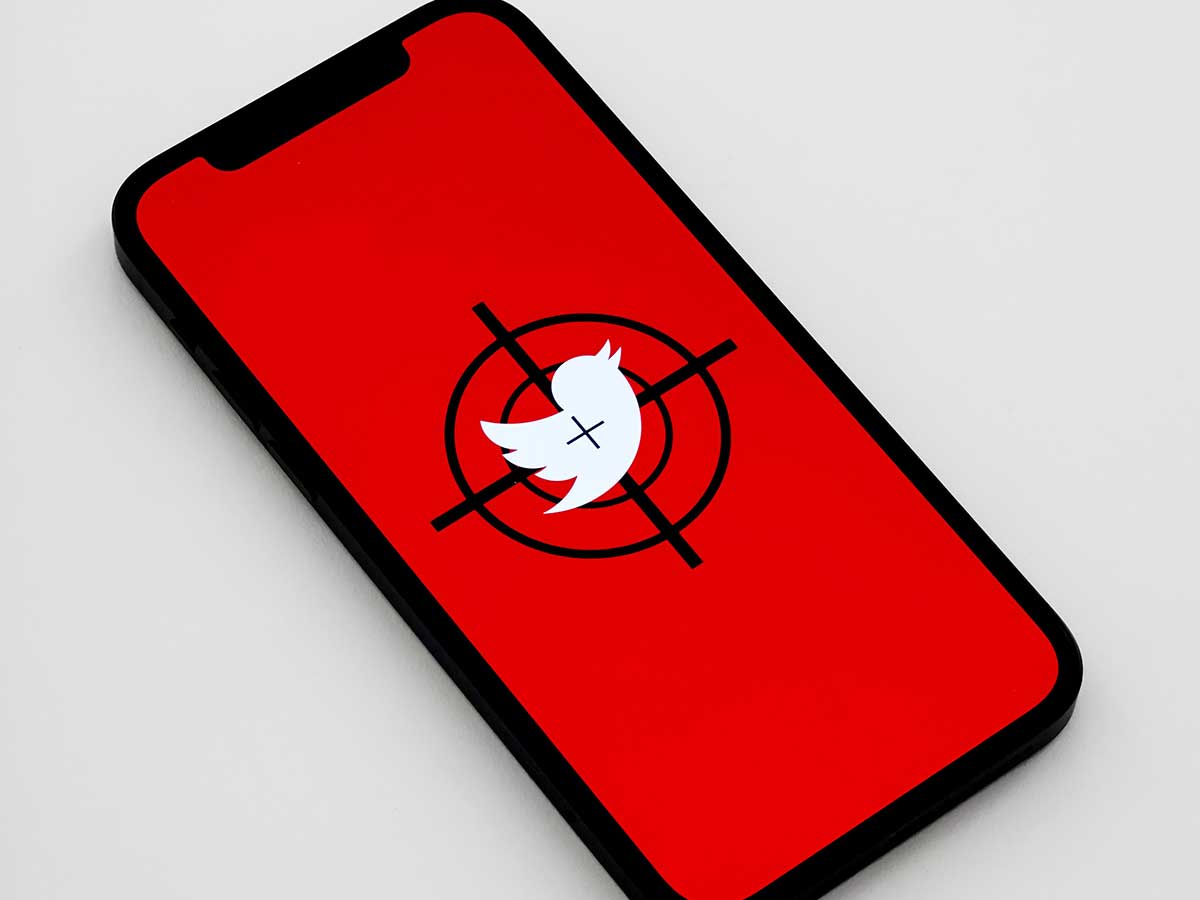
Coping with Branding Failure: How to Recover Rebuild Your...
Brand failure happens to even the most successful companies. Discover expert strategies and insights to help your business succeed.
Insights & Strategy
Explore brand launches, rebrands, and strategies. Search by topic or dive into the latest insights.

Brand failure happens to even the most successful companies. Discover expert strategies and insights to help your business succeed.

Discover how circles, squares, triangles, and other geometric shapes in logo design subconsciously influence consumer perception and brand trust.

Master brand guidelines creation. Learn what to include, how to structure, and how to create style guides that ensure consistent brand application everywhere.

The complete guide to brand naming. Master proven strategies, avoid costly mistakes, and create names that are memorable.
 Building Tactics...](/_astro/expert-branding-tactics-2021.CNdddZPn.jpg)
Branding building is defined as what defines a business in the minds of consumers. It’s what sets a brand apart from all others in its space. But how do.

An ultimate guide to creating your social media marketing and includes an explanation of how to use social media as well as how to implement campaigns.
Master the psychology of color in logo design.


Complete guide to medical and healthcare branding and logo design. Discover expert strategies and insights to help your business succeed.

Complete guide to real estate branding and logo design. Discover expert strategies and insights to help your business succeed.

Creating a brand strategy from scratch is a complex, iterative process that requires a deep understanding of both your audience and the market. Simply.

It can be daunting to set up a brand new sports brand when you face mega-names like Nike and Adidas. Read how you can make it a success!

Some people tend to interchange Branding Vs Advertising. Learn what the difference is. Discover expert strategies and insights to help your business succeed.

Your marketing plan includes brand strategy, positioning, brand naming, brand identity development, pricing, marketing channels and campaigns and more.

Brand message clarity is critical for brand success. Learn how to develop a clear brand message strategy that resonates with your audience and drives consistency across all touchpoints.

Learn how to develop a winning brand positioning strategy that captures customers' minds and drives business success. Get expert insights and actionable tips.
Guides & Resources
Step-by-step guides and expert insights to help you navigate branding and logo design.
Master the fundamentals of paths and anchor points in Adobe Illustrator. Discover expert strategies and insights to help your business succeed.

Master the psychology of color in logo design.

Learn how to create a jewelry logo that captures elegance and sophistication. Discover expert strategies and insights to help your business succeed.

Learn the difference between eye-catching and cluttered logo designs. Discover expert strategies and insights to help your business succeed.

Explore the fascinating history of the Canon logo, from its Buddhist origins to its modern iconic design. Discover how this legendary brand evolved its visual identity.

Understand the pros and cons of DIY logo design. Learn when it makes sense to design your own logo and when professional design is worth the investment.

Master the art of business card design with these five essential rules. Discover expert strategies and insights to help your business succeed.

Discover how strategic co-branding partnerships can expand your reach, build credibility, and drive growth. Learn expert strategies for successful brand collaborations.

Learn how a well-designed sports team mascot can boost team morale, build fan loyalty, and drive merchandise sales. Get expert insights on creating memorable mascots.

Learn how to extend your brand beyond visual identity into every customer interaction. Discover expert strategies and insights to help your business succeed.

Discover the top 10 how top insurance brokers in the world have awful logos logos. Discover expert strategies and insights to help your business succeed.
A cheap logo design style does not necessarily mean that the design is of poor quality. The design may be by a professional logo designer but at a low

Learn how to approach logo design projects. Expert guide with practical tips and best practices. Learn proven techniques and best practices for better results.

Ok. Now that you have decided to get a logo designed there are a few things that you need to be aware of so that you can get the most out of your logo...

A brand can have such a strong sense of identity that it’s almost possible to think of them as people. And why not? After all, a good brand has his ow...

As I’ve mentioned before, logos are essential to creating a great brand, so you want to make sure that the graphic designer making your logo is the be...

Learn how to trademark a logo design and why you should. Complete guide to protecting your brand identity with trademark registration.

**For small businesses struggling to keep their marketing budget to an absolute minimum, Google AdWords can seem like an attractive option.** After al...

Discover why some healthcare facilities compromise on logo design and how it harms their reputation. Get actionable tips and strategies from industry experts.

Discover why crowdsourcing your logo design is a costly mistake. Discover expert strategies and insights to help your business succeed.

Discover the essential elements needed to start a successful online business. Discover expert strategies and insights to help your business succeed.

Learn how company mascots can strengthen your brand identity. Discover the power of mascot design for business branding.

Learn when and how to pitch a logo redesign to clients. Expert insights on transitioning from old to new brand identity.

Explore airline logos and their use of color. Discover how airlines use color psychology in their branding and logo design.

Complete guide to logo design file formats. Learn about EPS, AI, PDF, PNG, SVG and when to use each format for your logo.

Discover the best logo design programs and software. Compare professional tools for creating vector logos and brand identity.

Learn the key differences between vector and raster graphics. Understand when to use each format for logo design, print, and digital media.
Logo Collections
Expert analysis of iconic logo designs across industries and styles.

Discover the top 10 how top insurance brokers in the world have awful logos logos. Discover expert strategies and insights to help your business succeed.

Discover the top 10 online boutique logos | boutique logo logos. Expert analysis of iconic logo designs, their history, and what makes them memorable.

Discover the top 10 online web application logo designs logos. Expert analysis of iconic logo designs, their history, and what makes them memorable.

Discover the top 10 simple logos (yet effective logos) logos. Expert analysis of iconic logo designs, their history, and what makes them memorable.

Discover the top 10 american university & college logos logos. Expert analysis of iconic logo designs, their history, and what makes them memorable.

Discover the top 10 media company logos logos. Expert analysis of iconic logo designs, their history, and what makes them memorable.
Get in touch with our team and let's discuss how we can transform your brand.